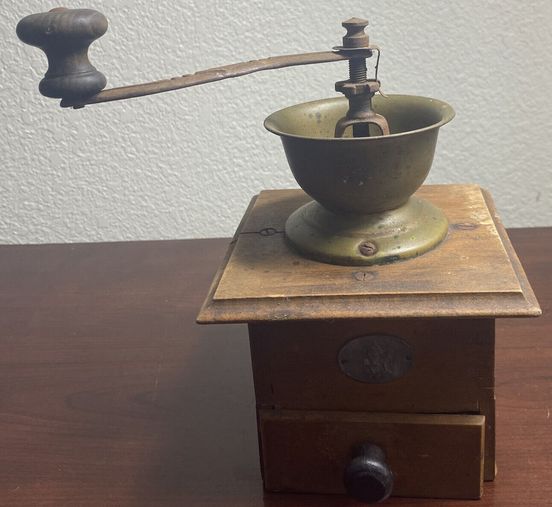Functioning and Mechanism in Action
A burr mill functions by grinding tough food ingredients between two rotating abrasive surfaces. Users can adjust the distance between these surfaces to control the fineness of the ground material. This adjustment is typically facilitated by a rotating screw mechanism that guides food through the mill during operation.
Ensuring Consistent Particle Size and Minimizing Heat Generation
Burr mills excel in producing particles of uniform size while minimizing heat generation, in contrast to blade grinders. This meticulous preservation of flavor and aroma is particularly crucial in coffee preparation, where maintaining a consistent particle size is essential for achieving optimal extraction.
Versatility Across Applications and Coffee Brewing
Burr mills are highly versatile, accommodating a wide range of grinding tasks, including coffee beans, peppercorns, salt, spices, and poppy seeds. For coffee enthusiasts, burr grinders offer adjustable settings tailored to various brewing methods, from Turkish coffee and espresso to French press and pour-over.
Actively Preserving Flavor and Aroma
Burr grinders reduce friction during grinding, actively preserving the oils and aromas of the beans. This active preservation is vital because excessive heat generated during grinding can lead to the loss of flavors and aromas.
Electric Variants with Advanced Features
Electric burr grinders are available in diverse styles, offering stepped or stepless adjustments for grind settings. Some models incorporate dosers for pre-determining coffee amounts, while others operate in a doserless manner, providing options such as weight-based or time-based grinding for espresso grinds.
Manual vs. Electric Grinders: Making Informed Choices
While electric grinders are favored for their speed and convenience, manual grinders remain popular due to their affordability and aesthetic appeal. They are particularly suitable for Turkish coffee preparation, actively grinding coffee to a fine powder.
